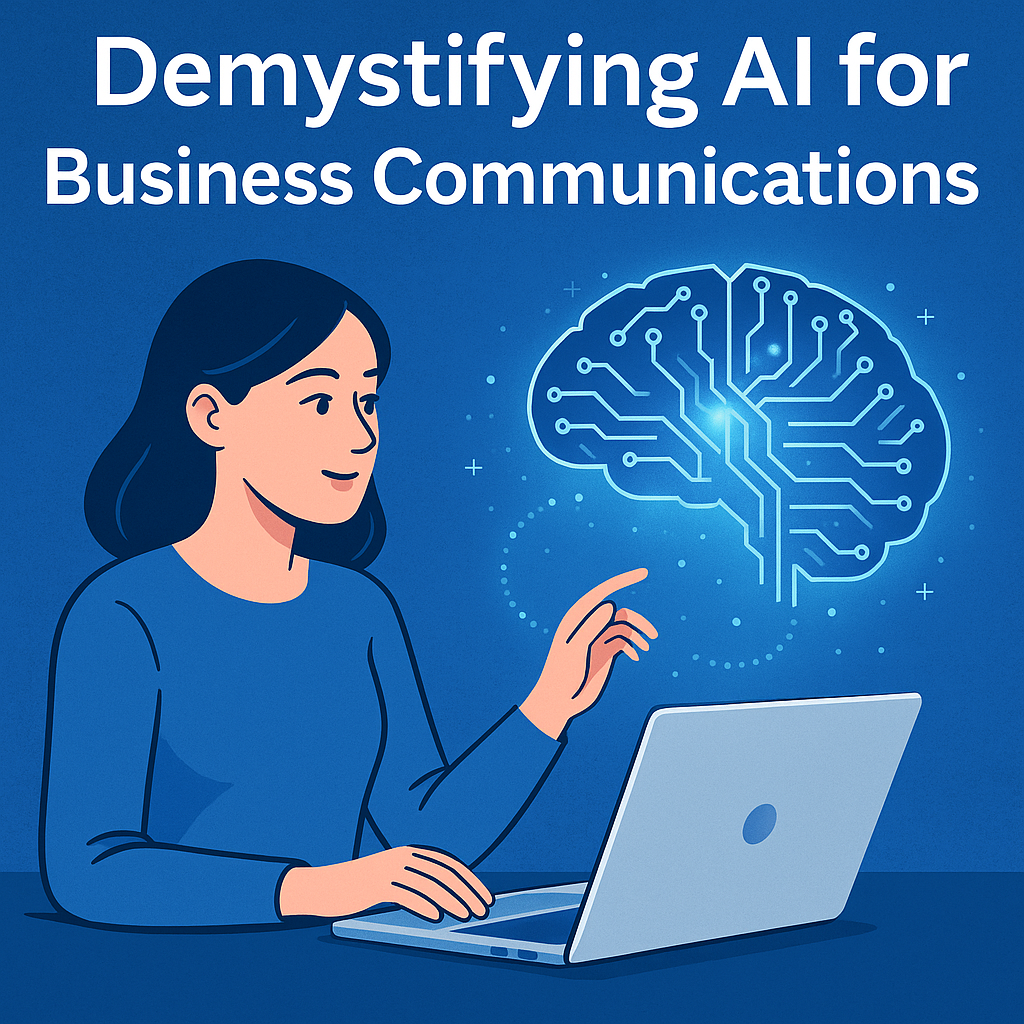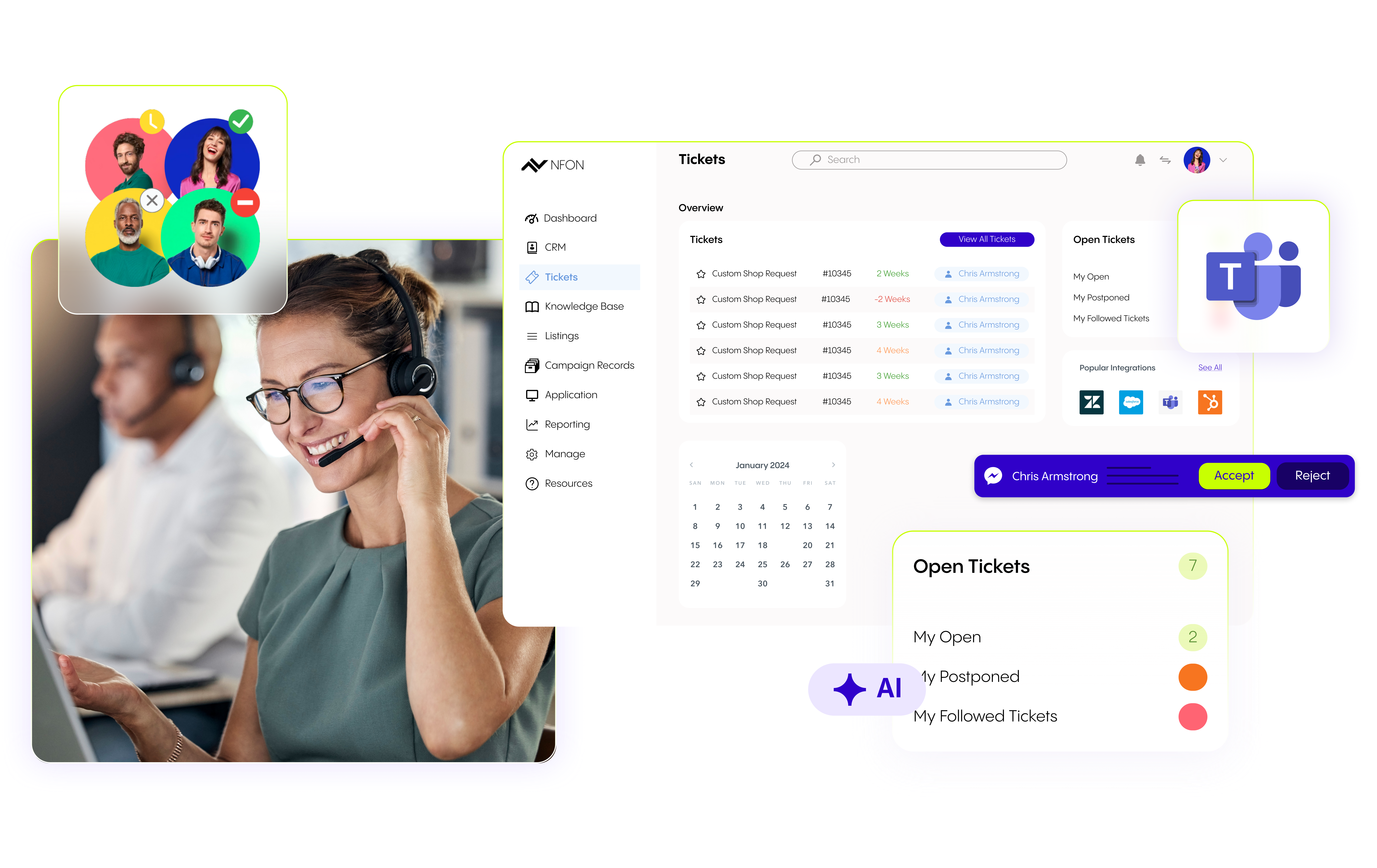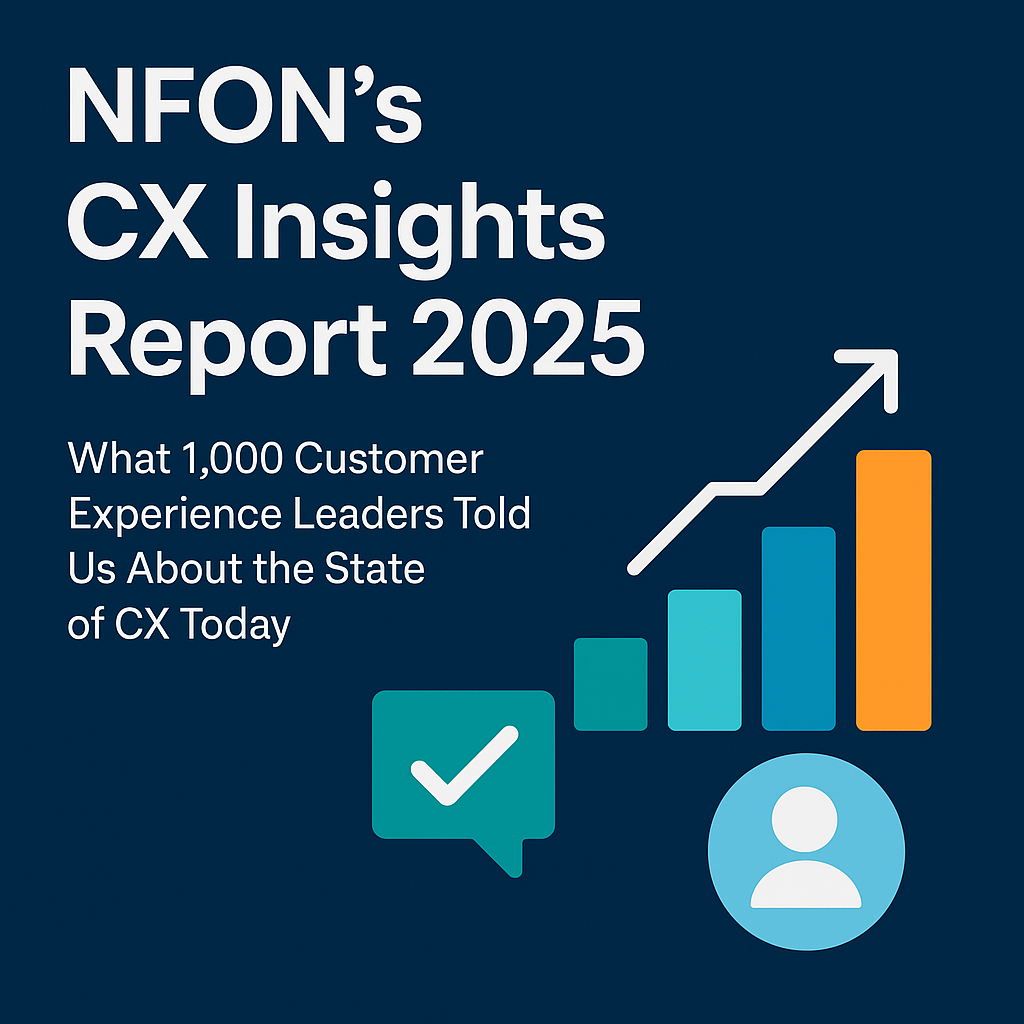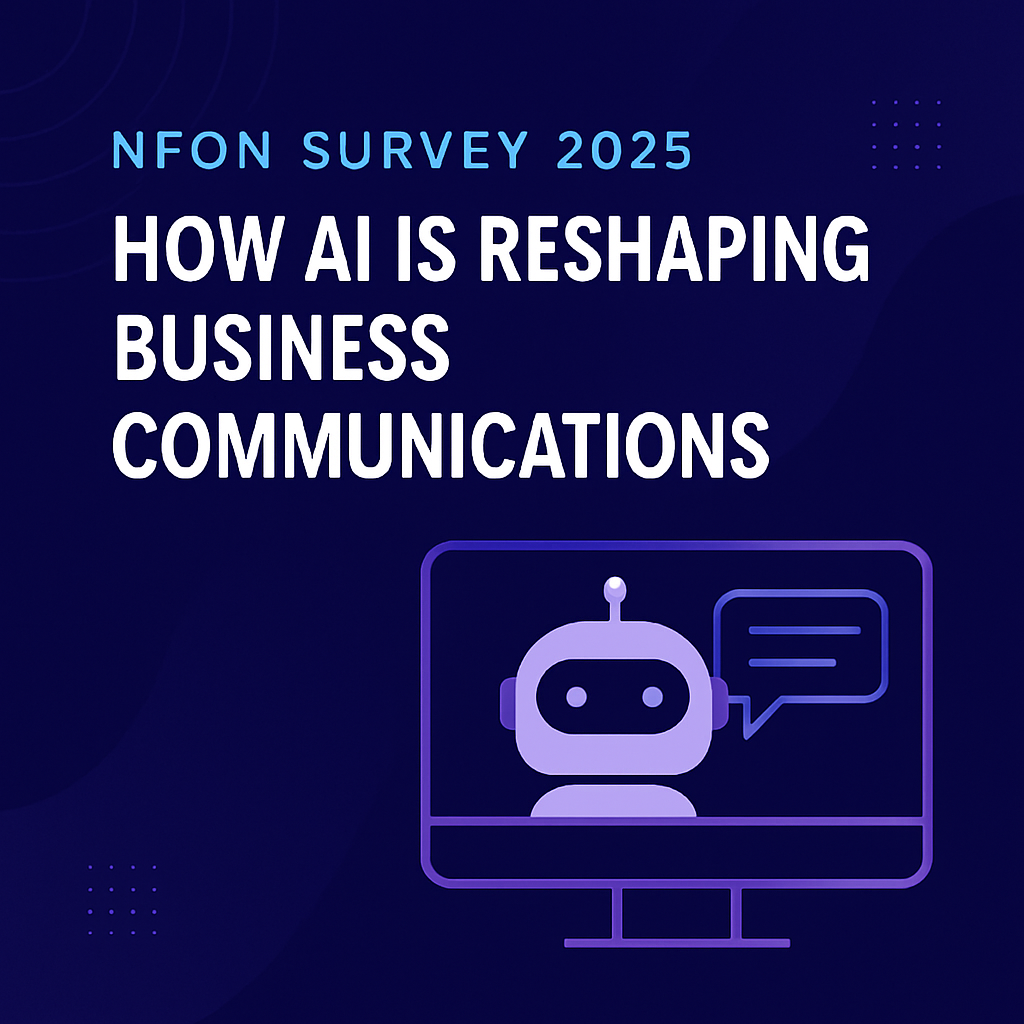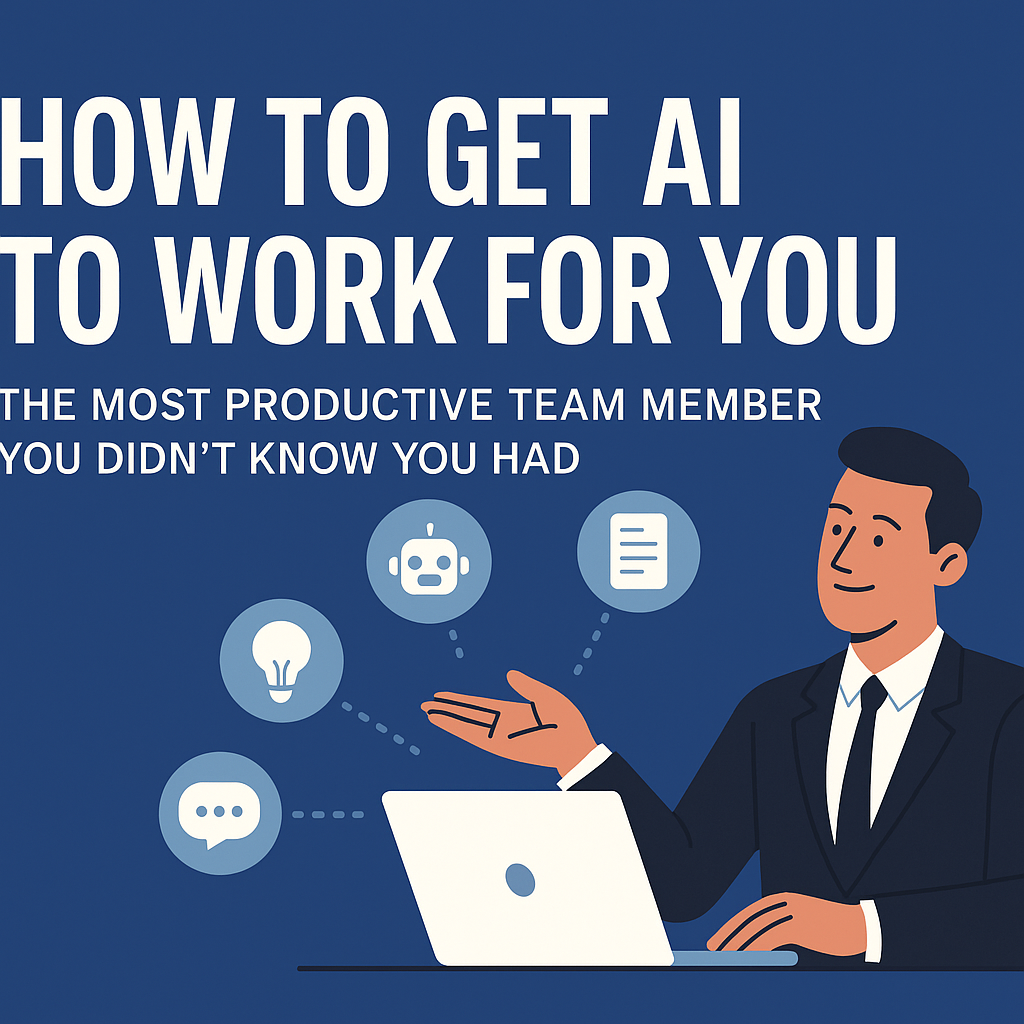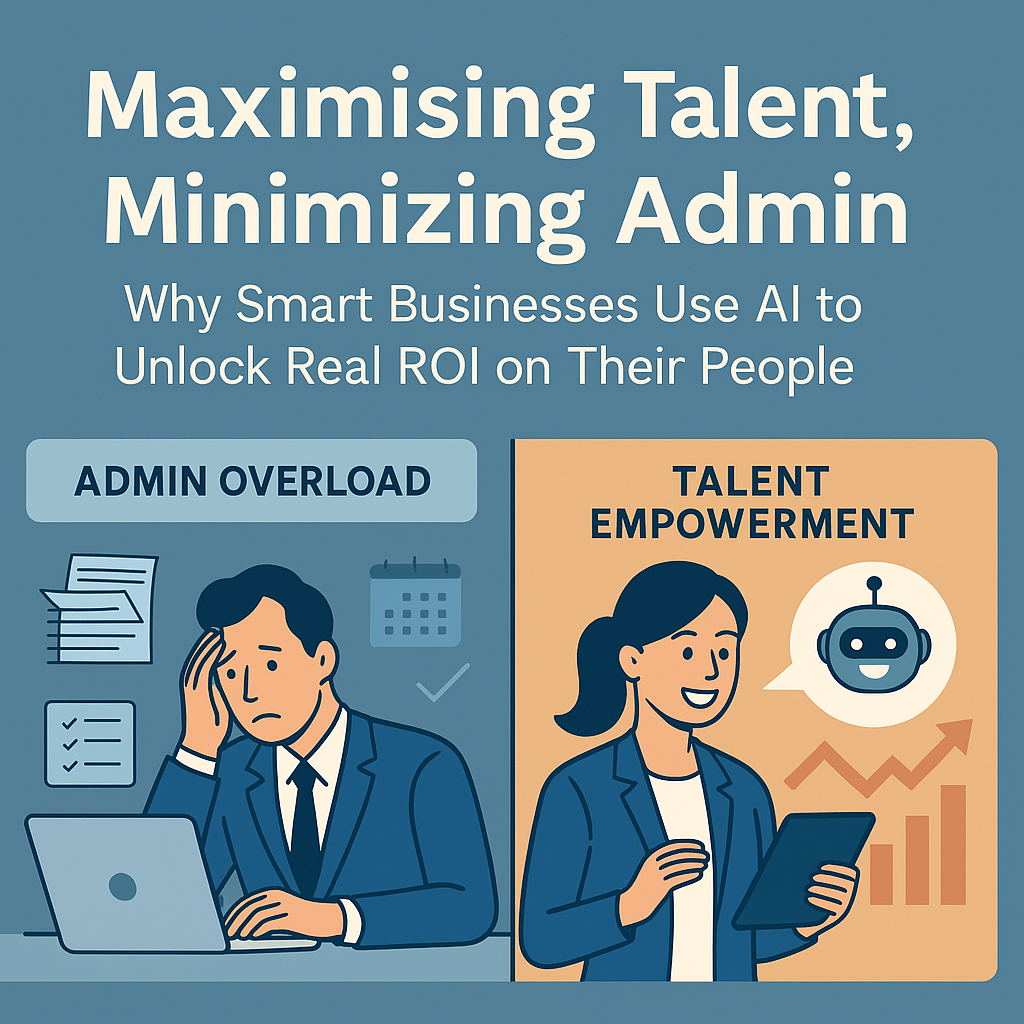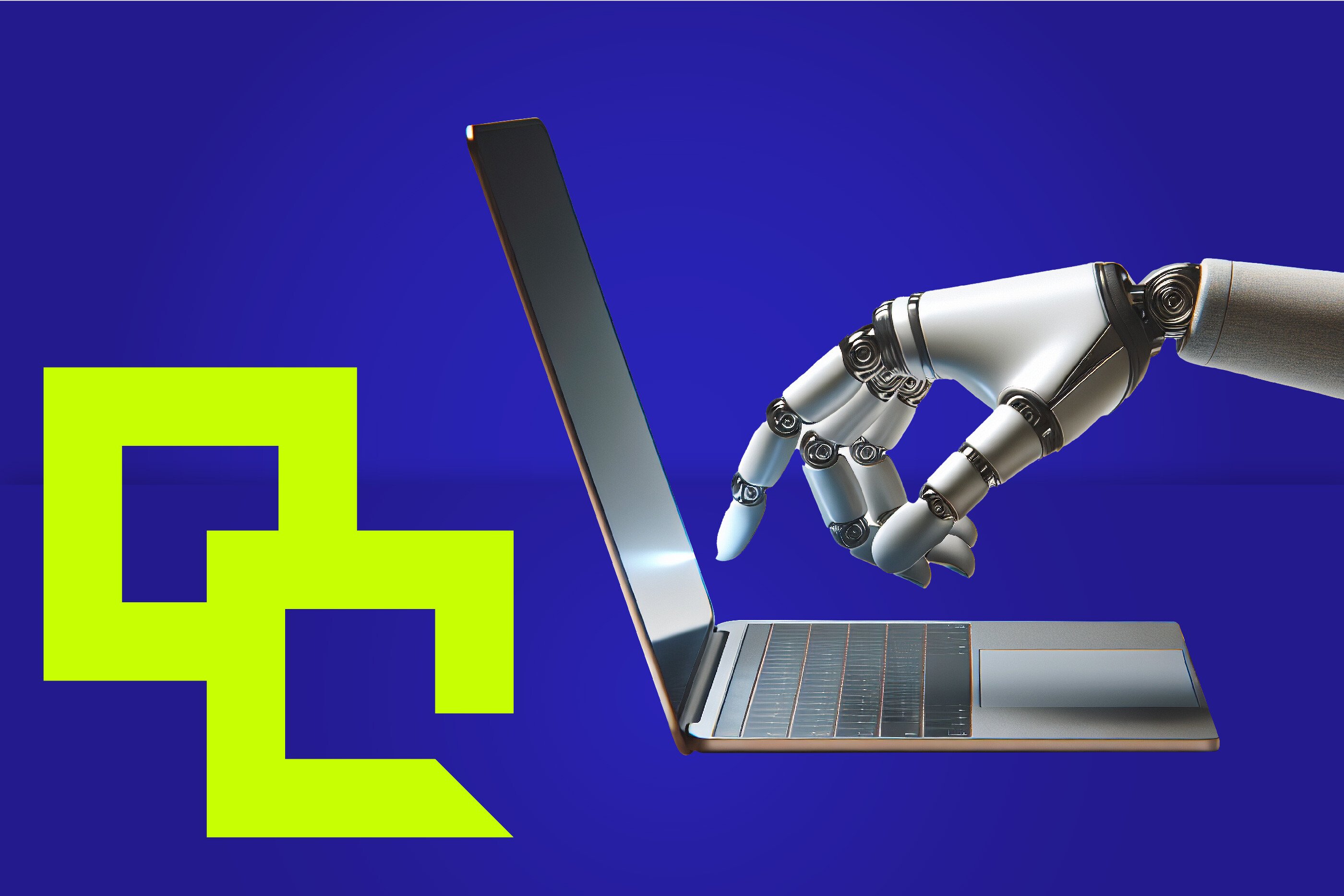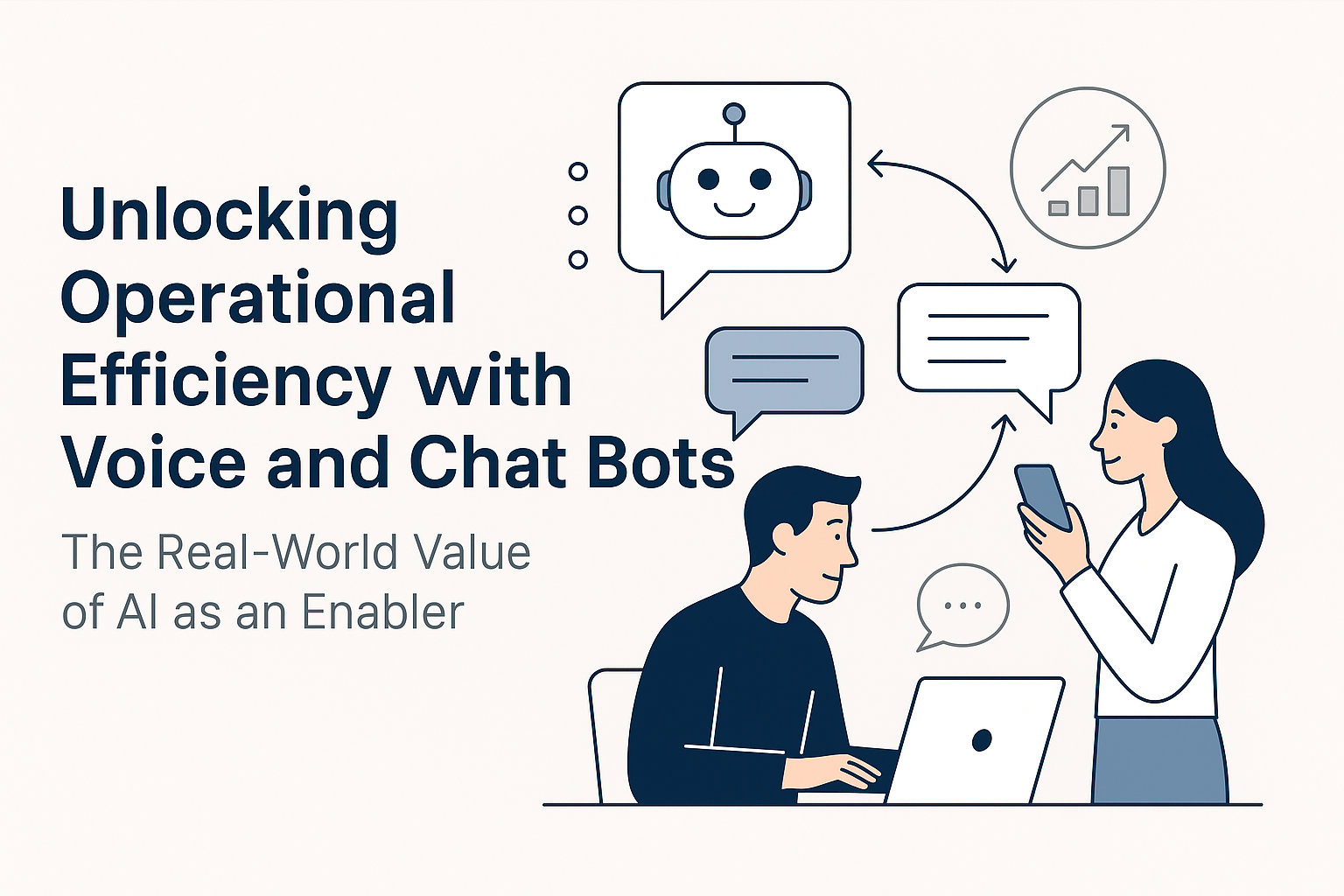But what does “AI” actually mean when it comes to business communications?
If you’re running a business, managing customers, or supporting users, you’ve likely seen phrases like “AI-powered contact centre” or “AI-enhanced customer support”. Maybe your vendors are pushing new features, your competitors are talking about automation, or your team is asking when you're “bringing in AI.”
It can all feel a bit overwhelming.
So let’s cut through the noise. Here’s a simple, jargon-free breakdown of what AI in business communications actually is—and why it’s more practical (and helpful) than you might think.
First, What Is AI?
AI stands for Artificial Intelligence—but that doesn’t mean robots or science fiction.
In business tools, AI typically refers to software that can learn from data, spot patterns, and make decisions or suggestions based on what it sees. It’s about automation, intelligence, and efficiency—not replacing humans, but helping them do their jobs better.
So What Is “AI-Empowered” Business Communication?
When you see a communication platform or contact centre described as “AI-empowered,” it usually means it includes tools that:
Save Time
- AI can answer simple customer questions via chatbots or voice bots—like “What are your opening hours?” or “How do I reset my password?”
- It can transcribe calls in real time, so agents don’t have to take notes or summarise manually.
Route Calls Smarter
- Instead of using old-school phone menus (Press 1 for this, Press 2 for that), AI can listen to what a caller says and direct them to the right person automatically.
Help Your Team Perform Better
- AI can analyse calls and flag if a customer sounds frustrated—or if the conversation went particularly well.
- It can suggest helpful responses to agents while they’re talking or typing.
Spot Trends You Can Act On
- AI can look at all your communication data—calls, chats, emails—and highlight patterns.
- For example, it might tell you that Mondays at 10am are your busiest time, or that most complaints mention a particular product.
Real Examples of AI in Action
Let’s say you run a small customer support team:
- A customer visits your website and types a question into the chat. AI answers it instantly, without needing a human agent.
- Another customer calls in, frustrated. AI picks up on the tone and alerts a supervisor in real time so they can step in if needed.
- At the end of the week, AI sends you a report showing the most common issues raised—helping you fix problems before they snowball.
That’s not science fiction. That’s happening right now, in businesses of all sizes.
Why It Matters for You
AI in business communications isn’t about replacing people—it’s about giving your team the tools to work smarter, not harder.
You get:
- Faster response times
- Happier customers
- Better insights
- More consistent service
- A team that’s focused on complex, high-value interactions—not repetitive admin
And importantly: you don’t need to be a big enterprise to benefit. Many modern platforms make AI features available to small and mid-sized businesses—right out of the box.
Final Thought: You Don’t Need to Be an Expert
If you’re seeing “AI” pop up everywhere and wondering if you’ve missed something—you haven’t. It’s just that business communications are evolving, and AI is a big part of that evolution.
The good news? You don’t need a tech background or a full-time data team. You just need to understand what problems AI can help solve—and look for tools that offer practical, explainable features that align with your business goals.
So next time someone says “AI-empowered communications,” you’ll know exactly what they mean—and how it might help you deliver better service, save time, and grow smarter.
